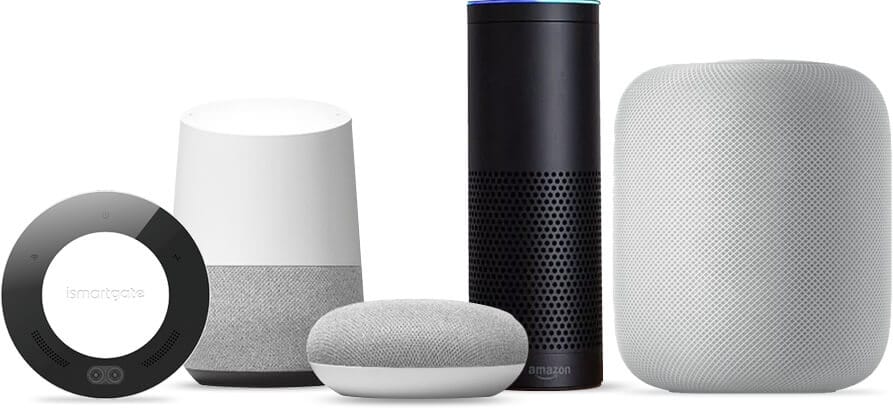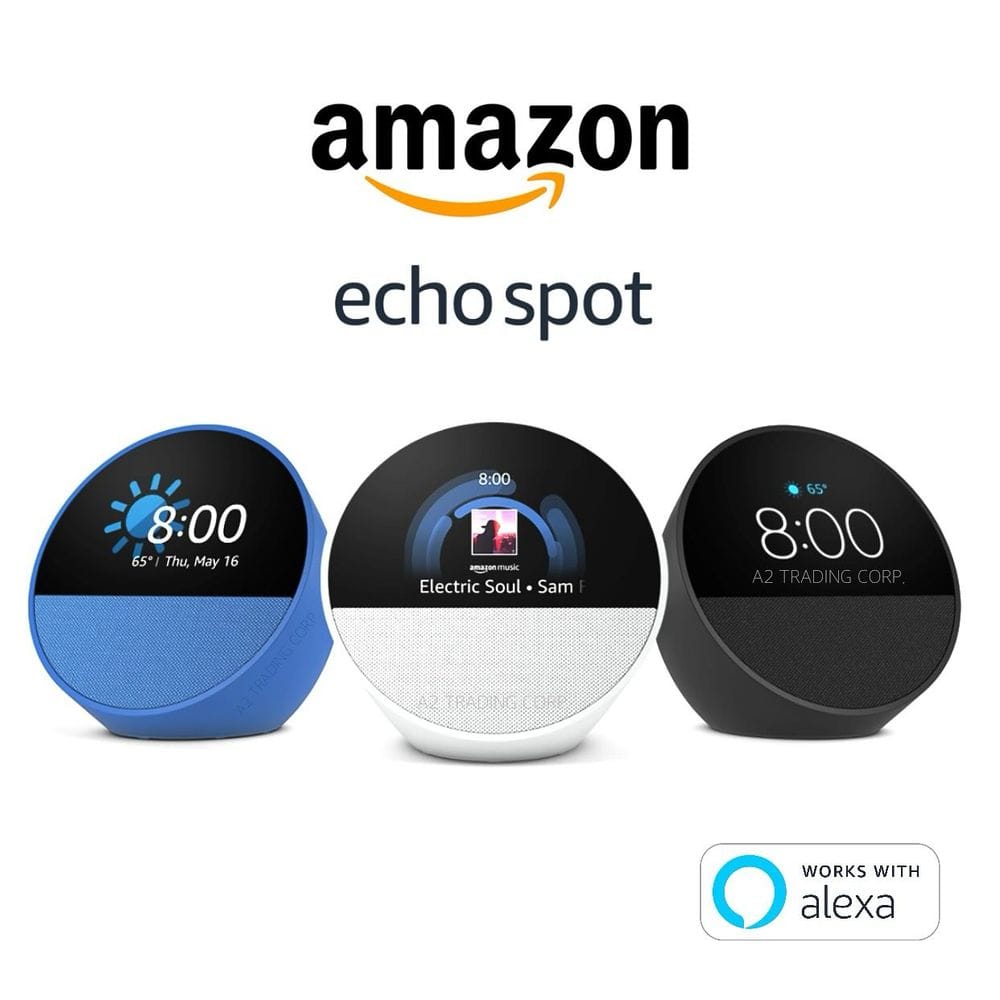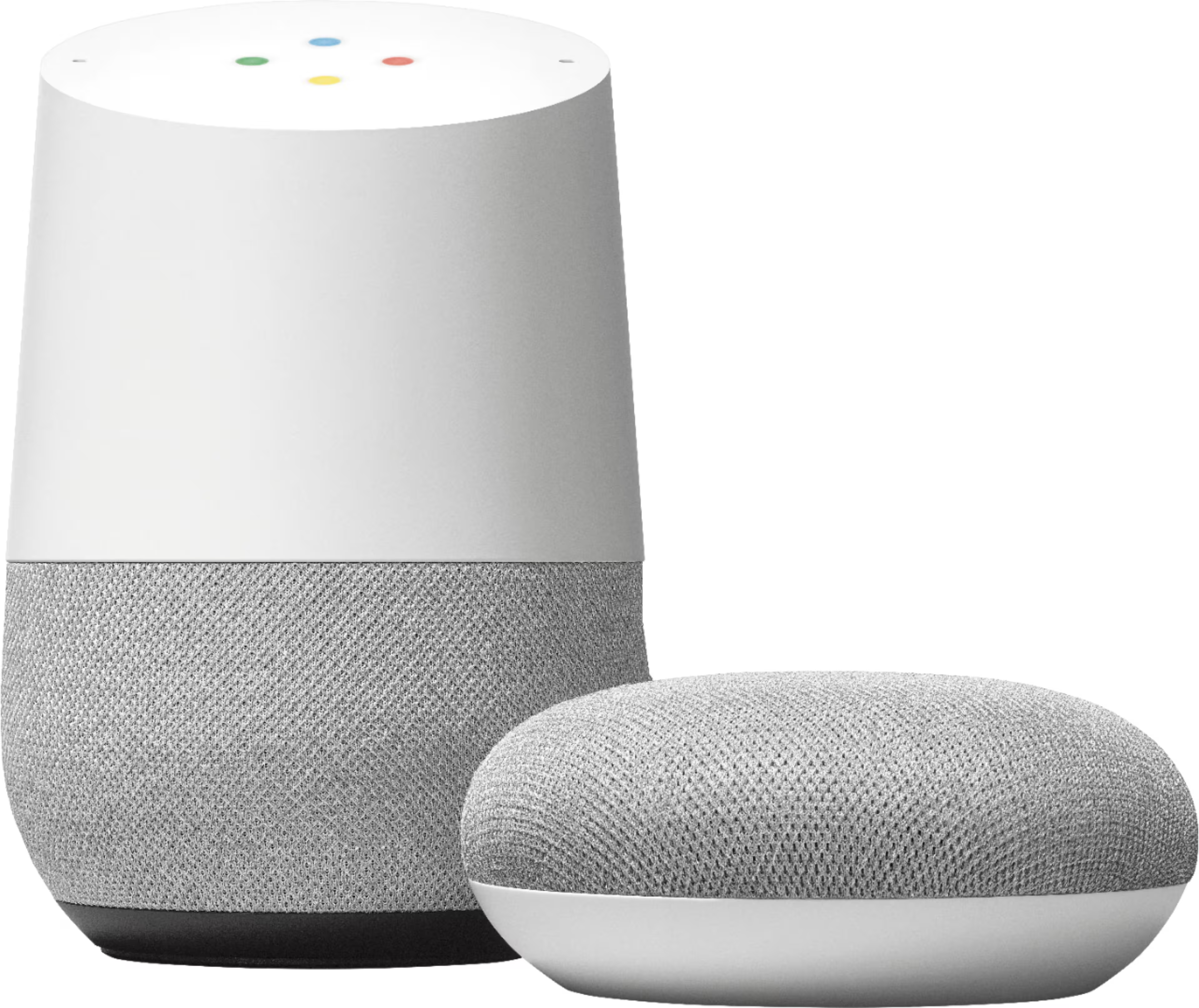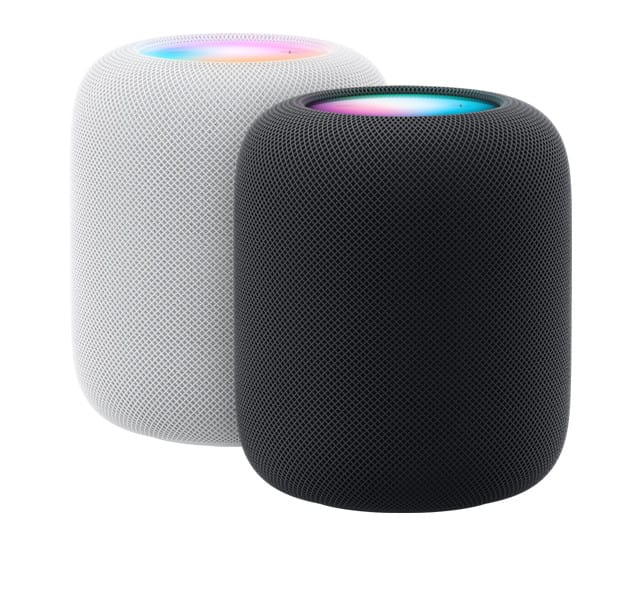smartlocks-ai
Work With...
Introduction to Smart Locks and Smart Ecosystems
Why Compatibility Matters in Smart Locks
Overview of Smart Assistants: Alexa, Google Assistant, Apple HomeKit, and Android
Top Smart Locks Compatible with Alexa
Best Smart Locks for Google Assistant Users
Apple HomeKit-Integrated Smart Locks: Features and Benefits
Android-Friendly Smart Locks and Their Perks
Key Features to Look for in a Smart Lock
Voice Commands and Functionalities Across Platforms
Security Features: How Safe Are Smart Locks?
Comparing Installation Processes
Battery Life and Power Options
Introduction to Smart Locks and Smart Ecosystems
Smart locks represent a significant leap forward in home security. Unlike traditional locks, these devices let you control access to your home through smartphones, voice commands, and sometimes even biometrics. When paired with smart assistants like Alexa or Google Assistant, they can become an integral part of your connected home.
Why Compatibility Matters in Smart Locks
The functionality of a smart lock depends heavily on its compatibility with your preferred ecosystem. If you own a Google Nest Hub, for instance, opting for a Google Assistant-compatible smart lock maximizes convenience. Similarly, Apple enthusiasts might prioritize HomeKit integration for a seamless experience across their devices.

Overview of Smart Assistants: Alexa, Google Assistant, Apple HomeKit, and Android
Each smart assistant offers unique advantages for smart lock integration:
- Alexa: Known for robust skills and seamless integration with multiple third-party devices.
- Google Assistant: Offers advanced AI and context-based responses.
- Apple HomeKit: Prioritizes security and privacy with end-to-end encryption.
- Android: Provides versatility and compatibility with a broad range of devices.
Top Smart Locks Compatible with Alexa
Some of the best Alexa-compatible smart locks include:
- August Smart Lock Pro: Features voice control, remote access, and auto-lock/unlock capabilities.
- Yale Assure Lock SL: Integrates seamlessly with Alexa for keyless access and customization.
- Schlage Encode: Boasts built-in Wi-Fi for direct Alexa commands without a hub.
Advantages:
- Easy voice control for locking/unlocking.
- Integration with Alexa routines for automated actions.
- Compatibility with Amazon Key for in-home deliveries.
Best Smart Locks for Google Assistant Users
For Google Assistant, standout options are:
- Nest x Yale Lock: Designed specifically for Google Nest devices, offering robust control and alerts.
- Kwikset Halo: Offers Google Assistant compatibility and customizable access codes.
- Level Lock: Discreet design with powerful functionality tailored for Google users.
Advantages:
- Sync with Google Nest cameras and displays.
- Voice commands for hands-free locking.
- Comprehensive activity tracking via Google Home app.
Apple HomeKit-Integrated Smart Locks: Features and Benefits
Apple users seeking HomeKit integration will find these locks exceptional:
- Level Bolt: Subtle and minimalist, it integrates effortlessly with HomeKit.
- Schlage Encode Plus: Supports HomeKit Secure Video for added safety.
- August Wi-Fi Smart Lock: Works with Siri for voice commands and remote access.
Advantages:
- Enhanced security with Apple’s privacy-first approach.
- Integration with iOS devices and Apple Watch.
- Automations via the Home app.
Android-Friendly Smart Locks and Their Perks
Android users often prioritize flexibility. Great options include:
- eufy Security Smart Lock Touch: Combines fingerprint access with Android-friendly controls.
- Ultraloq U-Bolt Pro: Features Bluetooth and Wi-Fi connectivity for Android devices.
- Wyze Lock: Offers robust app integration and budget-friendly pricing.
Advantages:
- Broad device compatibility.
- Access via apps available on Google Play.
- Affordable pricing for premium features.
Key Features to Look for in a Smart Lock
When selecting a smart lock, consider the following:
- Connectivity Options: Wi-Fi, Bluetooth, or Z-Wave.
- Power Source: Battery life and recharging options.
- Remote Access: Ability to control the lock when away from home.
- Custom Access Codes: For temporary or scheduled access.
- Integration: Support for multiple ecosystems.
Voice Commands and Functionalities Across Platforms
Voice commands vary by assistant:
- Alexa: “Alexa, lock the front door.”
- Google Assistant: “Hey Google, is the door locked?”
- Siri (HomeKit): “Hey Siri, unlock the door.”
Each platform also offers unique automations, such as geofencing-based locking.
Security Features: How Safe Are Smart Locks?
Smart locks employ encryption, activity logging, and two-factor authentication to safeguard homes. Some also support tamper alerts and auto-lock functionality for enhanced security.
Comparing Installation Processes
Installation complexity varies:
- August Smart Lock: Easy to install over existing deadbolts.
- Nest x Yale Lock: Requires replacing the lock entirely.
- Level Lock: Designed for a hidden, seamless installation.
Battery Life and Power Options
Battery life typically ranges from 6 to 12 months. Look for models with low-battery alerts or backup power options like external battery packs.
Real-World Use Cases
- Scenario 1: Allowing pet sitters temporary access via Alexa-compatible locks.
- Scenario 2: Geofencing with Google Assistant for automatic locking upon leaving.
- Scenario 3: Monitoring access through HomeKit Secure Video.
FAQs About Smart Locks and Voice Assistant Compatibility
Yes, with features like encryption and two-factor authentication.
Many locks support multiple ecosystems. Check compatibility before purchase.
Most smart locks have mechanical keys or external power options.
Most are designed for outdoor use, but check specifications.
Follow the lock's pairing instructions to connect it to your smart assistant.
Many function via Bluetooth or Zigbee when offline, but Wi-Fi is needed for remote access.
Conclusion
Smart locks provide unparalleled convenience and security, but choosing the right one depends on your preferred smart ecosystem. Whether you’re team Alexa, Google Assistant, Apple HomeKit, or Android, there’s a perfect smart lock to elevate your home security.
© Latin Web Service 2025











